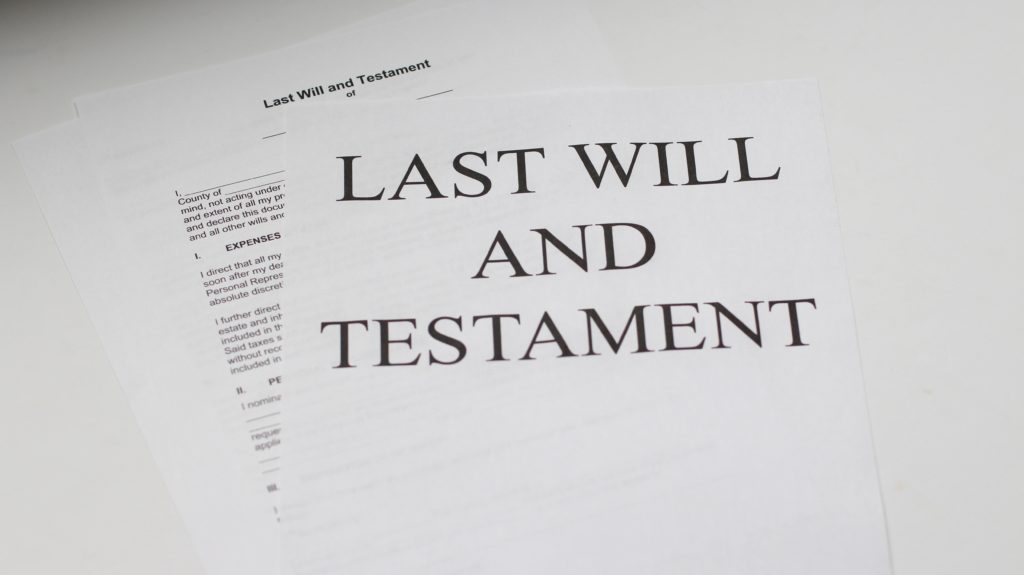Benjamin Franklin warned against procrastination stating: “Don’t put off until tomorrow what you can do today.” No words could be truer when it comes to estate planning, especially when completing your last will and testament (“LW&T”). A current LW&T ensures your property gets distributed at your death according to your wishes and not state intestacy laws. For Alaskans, there is even less reason to put off making your LW&T because Alaska law permits individuals to a write a simple LW&T without the need for rigid formalities or legal counsel.
Over half of the states allow individuals to leave property to designated recipients by way of a handwritten LW&T. Alaska is one of those states recognizing as valid a “holographic” LW&T: one handwritten and signed without witnesses or attestation. But, unlike states that require the LW&T be “entirely” handwritten by the testator (male decedent) or testatrix (female decedent) and signed at the end, Alaska’s holographic law offers Alaskans more flexibility.
Alaska Statute 13.12.502(b) states a LW&T is valid, “whether or not witnessed, if the signature and material portions of the document are in the testator’s handwriting.” That means unlike other states that require the LW&T be drafted entirely in the testator’s own handwriting, a LW&T in Alaska is valid with only the “material portions” handwritten by the testator / testatrix.
Printed, typed, or stamped non-material portions of text typically found in commercially available LW&T templates will not render a LW&T invalid as long as the testator / testatrix fills in the blanks with the material information in his or her own handwriting. “Material portions” of text in a LW&T are those “words identifying the property and the devisee,” or recipient of the deceased’s estate. See Restatement of the Law (Third) of Property (Wills and other Donative Transfers) § 3.2 (describing Alaska’s statute as a “[t]hird-generation holographic-will statute-Original Uniform Probate Code).”
Also, an Alaska testator / testatrix can sign the holographic LW&T, anywhere on the document and without the need for two witnesses. In other words, the signature of a testator or testatrix need not be a “terminal signature” that is, one placed at the end of the instrument. Rather, Alaska courts accept as valid a signature anywhere on the holographic LW&T and recognize even the handwritten name of the decedent embedded in the text of the LW&T as the signature of the testator / testatrix, provided the judge determines there was intent by the decedent to create and execute the complete instrument. See In re Estate of Baker, 386 P.3d 1228, 1233-37 (Alaska 2016) (finding the handwritten name of testatrix in the exordium clause at the will’s beginning sufficed as a signature).
If you decide to write your own will by hand or write the material portions of a LW&T in the blanks of a template, be sure to include these basic terms in your signed, handwritten LW&T: (1) the month, day, and year of the writing; (2) text stating the instrument is your “last will and testament” revoking all prior wills and codicils; (3) provisions appointing a named personal representative (“PR”) and, preferably, listing an alternate; (4) waiver or nonwaiver of the PR bond; (5) clear and sufficient descriptions of property and identities of recipients and any alternate recipients; and (6) distribution directions if any named recipient dies before you (e.g., the share goes to the deceased recipient’s descendants or the surviving co-recipient(s) named in the LW&T). For a complimentary, initial estate planning consultation, contact Polaris Law Group, P.C., at https://polarislawgroupak.com/contact/ or 907.885.6619.

